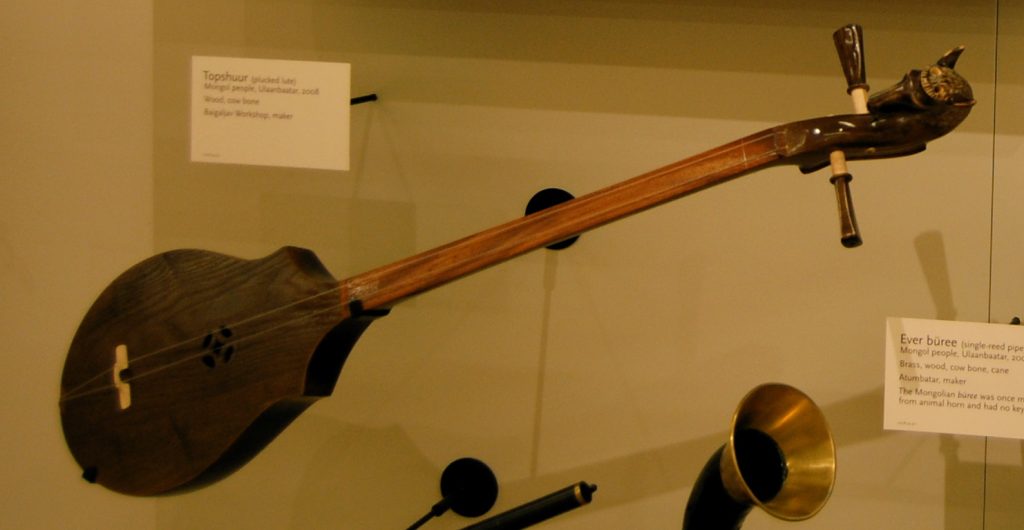In recent years, Mongolian musicians and bands, such as the renowned group The Hu, have showcased the Tovshuur in their performances, contributing to its rising popularity. The Hu’s fusion of traditional Mongolian music with rock and metal elements has captivated audiences worldwide, and the Tovshuur has played a prominent role in their compositions.
The unique sound of the Tovshuur, with its resonant tones and melodic versatility, has captured the attention of listeners who appreciate its rich cultural heritage. Its ability to convey a wide range of emotions and capture the essence of the Mongolian landscape has made it a beloved Mongolian national instrument among both traditional musicians and contemporary artists.
Through their international tours, music videos, and collaborations, Mongolian musicians have brought the Tovshuur into the global spotlight. The instrument’s melodic qualities and ability to blend seamlessly with other musical genres have contributed to its popularity and increased its recognition on the international stage.
The Mongolian Guitar / Lute – What Exactly is the Tovshuur?

The Tovshuur is a Mongolian musical instrument with ancient origins, considered to be the ancestor of stringed instruments in human history. It is still used by various ethnic groups in Mongolia and regions such as Altai Uriankhai, Tuva, Bayad, Torgud, Zahchin, Dervod, and Ould Yast in Oira. In some regions, it is known as “Topshur” among the Altai Uriankhai people.
The Tovshuur has a unique name, shape, sound color, and method of playing. The buttons on the instrument vary in material and shape, being handmade in different regions. The button ladles are often oval-shaped, while Fours and Fours have cup-shaped rounded bone ladles. The shape of the Tovshuur’s body is more similar to the Kazakh Dombra, Sakha (Yakut) tangsyr, and Russian Balalaika.
The Tovshuur’s body is typically made of larch wood, and its frame is covered with goat hide. The strings of the instrument are crafted by twisting the belly hair of fall goats or the tail hairs of racehorses. The strings have varying tension, with the upper string correctly tensioned with nine hairs and the lower string incorrectly tensioned with seven hairs. Musicians play the two strings of the Tovshuur with their hands, producing a melodious sound.
In Western Mongolia, the Tovshuur is often used to play Zhangar epic tunes, accompanied by tapping. The uniqueness of the epic lies in the fact that it can be played in any key as determined by the epic performer.
Furthermore, the Tovshuur allows for playing in different keys on its body. Some compositions require playing on a specific set of keys, such as the “savardan.” The savardan has 12 basic beats on the keyboard, each producing its distinctive tone.
The Tovshuur holds significant cultural value and remains an important instrument in Mongolian music, contributing to the rich musical heritage of the country and its diverse ethnic groups.
